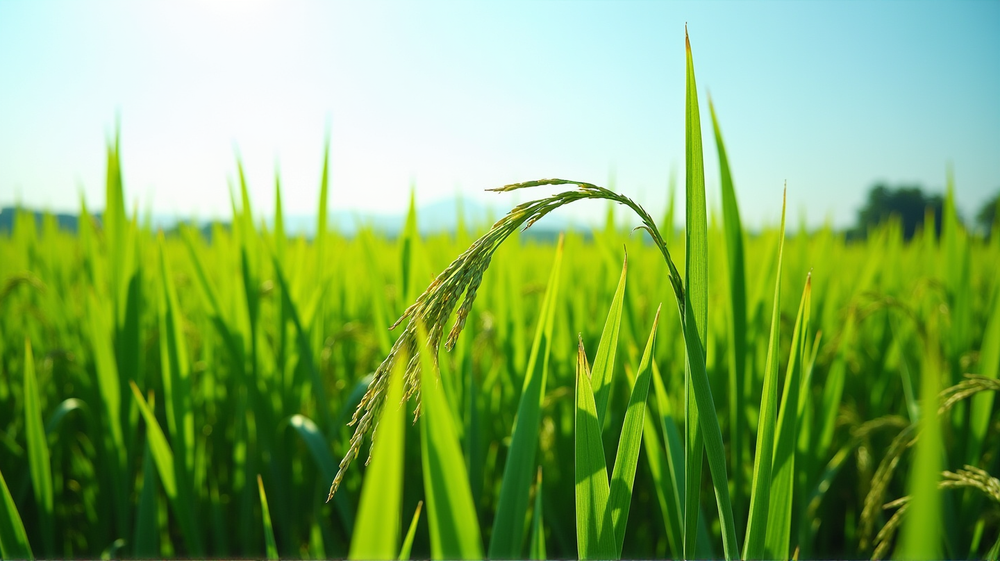Unveiling the Secrets Behind Kitagenki: The High-Yielding Rice Miracle
Rice cultivation often challenges farmers in regions with cooler climates like Hokkaido, Japan. But the remarkable rice variety Kitagenki has turned the tables by consistently delivering high yields. What makes Kitagenki stand out in the agricultural field, and how can its success guide future rice breeding efforts?
The Rise of Kitagenki
Introduced as a high-yielding variety (HYV), Kitagenki rises above its peers, such as Kita-aoba, with an impressive 4.9–14.9% higher gross hulled grain yield. This steady performance is attributed to Kitagenki’s advanced canopy architecture and physiological traits, which optimize its biomass productivity and yield potential.
Canopy Architecture: The Silent Contributor
The secret lies in Kitagenki’s superior canopy structure, characterized by a notable inclination of the upper leaves and narrower leaf blades. These features significantly enhance sunlight interception, ensuring that even the lower leaves benefit from increased photosynthesis and 13C assimilation. Such a design not only supports a stronger crop growth rate (CGR) but also boosts Kitagenki’s carbon assimilation capabilities.
Physiological Powerhouse
Kitagenki’s physiological strength is evident in its higher net assimilation rate (NAR) and superior photosynthetic rates, especially noted in the third leaf. These traits provide a robust carbohydrate supply during the crucial early grain-filling stage. As a result, Kitagenki achieves a faster grain-fill, translating into greater stability and higher yield per cumulative solar radiation, despite fluctuating temperatures.
Lessons for Future Breeding
The continued success of Kitagenki underscores the importance of breeding rice varieties that are adapted to colder climates while maintaining high productivity. According to Frontiers, these findings could guide breeders in developing future HYVs that can thrive despite environmental constraints, ensuring food security and improved agricultural outcomes.
In conclusion, Kitagenki’s ability to maximize light interception, augment carbon assimilation, and maintain high grain-filling ability sets a new standard in cold-region rice cultivation. As researchers continue to study its traits, the potential to expand these innovations into new varieties promises a fruitful future for rice agriculture worldwide.




